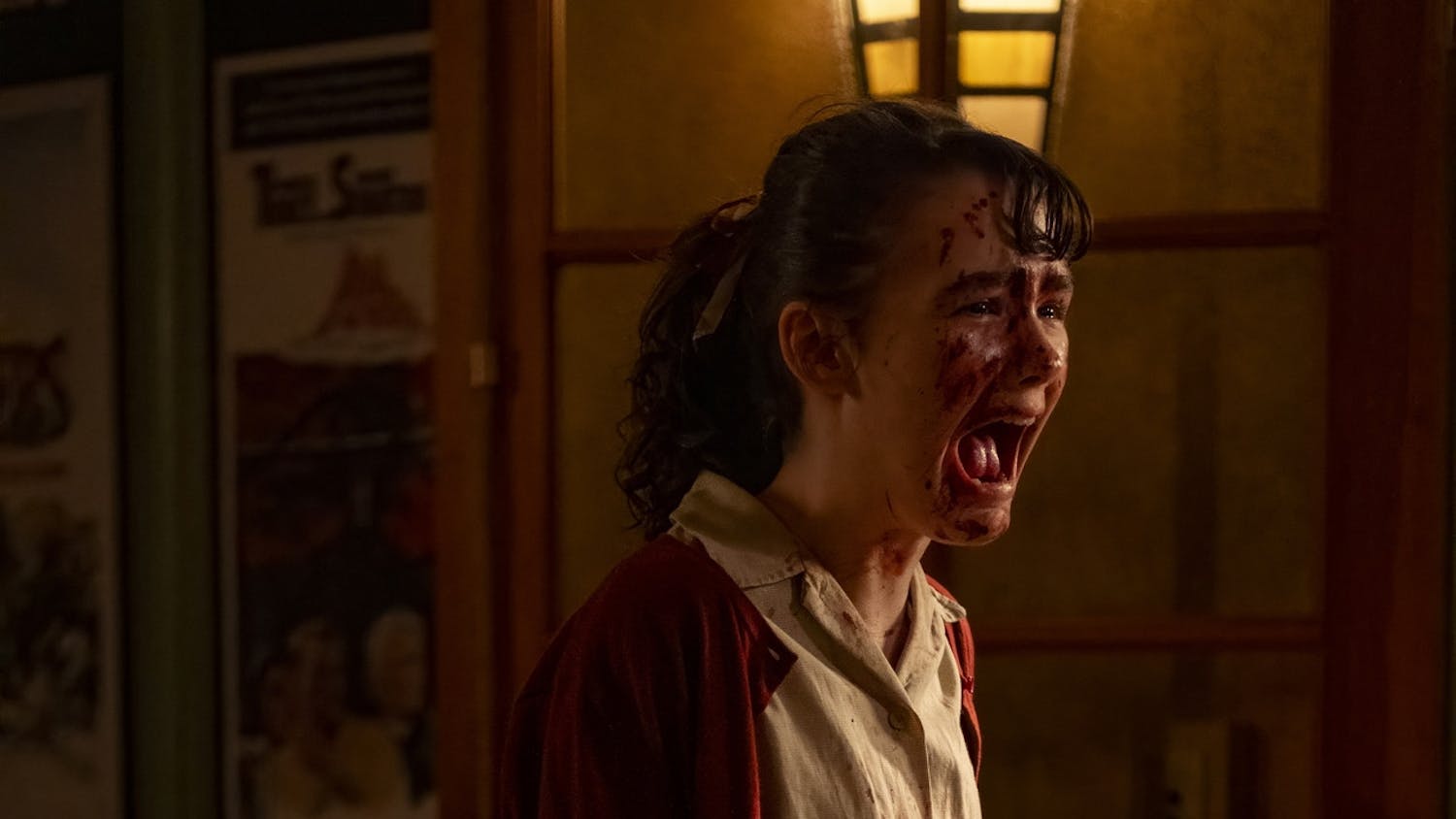The new film, Candyman left little to the imagination, probably a result of being produced and influenced by the mind of Jordan Peele, who brought us great films like Get Out and Us. This is a horror film, first and foremost, so we should always expect gore and terrifying displays of violence, but what was unexpected was the social commentary, which was something more profound and truthful.
In the beginning of the film, we are introduced to a struggling artist, Anthony McCoy (Yahya Abdul-Mateen II), who is having issues coming up with new art that reflects the human experience. He goes and searches for new muses and interesting paths for discovery. Being an artist who mainly tries to reflect the experience of African-Americans in the United States, he went searching for interesting stories around a block notorious for racial violence, which just so happens to be related to a myth, called “Candyman.”
The Cabrini-Green district has a story of the alleged Candyman, an entity that kills one if they say its name five times. This is introduced to him through the story of a man who was murdered by being beaten to death by the police for being accused of putting razors in children’s Halloween candy. This story is told to him from a man who worked at the laundromat, who discovered the beaten man and the first version of Candyman in his building’s laundry room when he was a child. This sparks a new creative drive for McCoy to tell the myth of Candyman through his art, specifically detailing the story of the man beaten to death.
In doing so, McCoy opens Pandora’s box, a discovery that leaves him manically enthralled. He becomes obsessed with not only the last Candyman but with them all. Candyman is not just one person, it's the story of a community that is murdered and beaten down, so in order to alleviate the heartache of these terrible occurrences, they create a myth that makes them seem less real.
The stories told are meant to be unrealistic even though the occurrences of violence against members of the community are very real. This backstory is uniquely developed through the stories intertwined into the overall myth surrounding Candyman. We see our protagonist driven wild as he relives all the previous Candyman stories in his own mind, drawing out the face of each victim of racial violence that was labeled under “candyman”.
This horror film actually leaves a lot to unpack as viewers digest what happened to all the people that fell victim to the monster as the movie plays out. We see through storytelling and a very heartfelt monologue at the end from William Burke (Colman Domingo) that the community in the film, the Cabrini-Green district in Chicago, uses the story of Candyman to deal with its trauma, ensued by poverty and racial violence, as well as discrimination. This is a sad truth that eventually eats away at Anthony, drives the story and offers something that the original movie never did.
The 1992 Candyman fell short of the newest film, as it addressed singularly one woman’s struggles against the Candyman driving her to commit acts of violence against those around her. Though it did try to address the pain and the heartbreak behind the myth, it didn’t quite do it justice as this new Candyman did. In the new story, the myth is more than a coping mechanism, it’s a way of distracting the community from the ensuing racial violence that they encounter everyday. But not only that, it helps the members of the community give a justifier where there is no justice.
The Candyman movie has an important message that may go unnoticed. This message is that we may place hope in a myth that things like racial violence and discrimination are due to some strange phenomenon, but the truth is that they aren’t. Racial discrimination and violence can happen at anytime in any place, and it’s not just due to chance, it’s due to people becoming lackluster in their attempts to combat these issues.





